Recording, Mixing and Mastering
Published on 16/01/2023
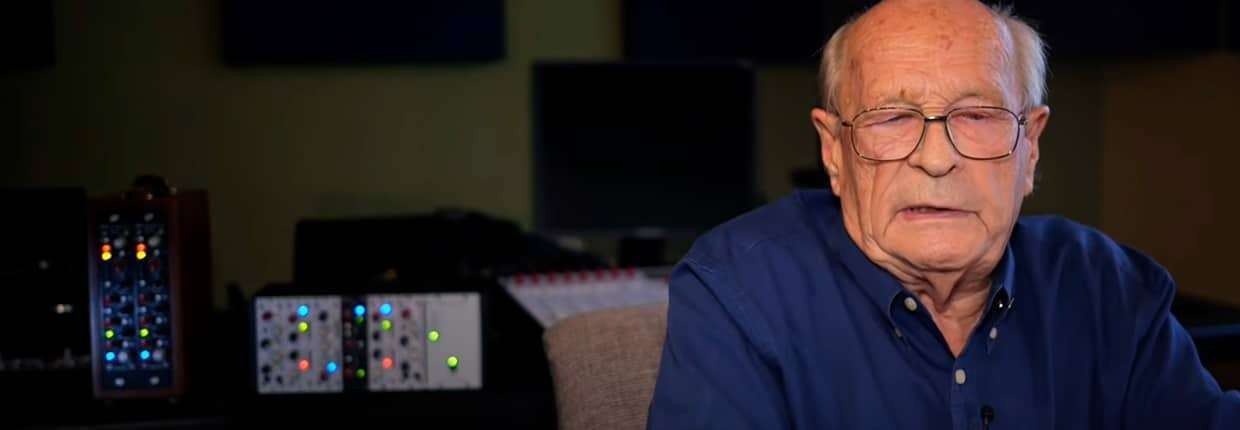
Arthur Rupert Neve (31 July 1926 – 12 February 2021) was an electronic engineer and entrepreneur who was a pioneering designer of professional audio recording equipment.
He designed analog recording and audio mixing equipment that was sought after by professional musicians and recording technicians.
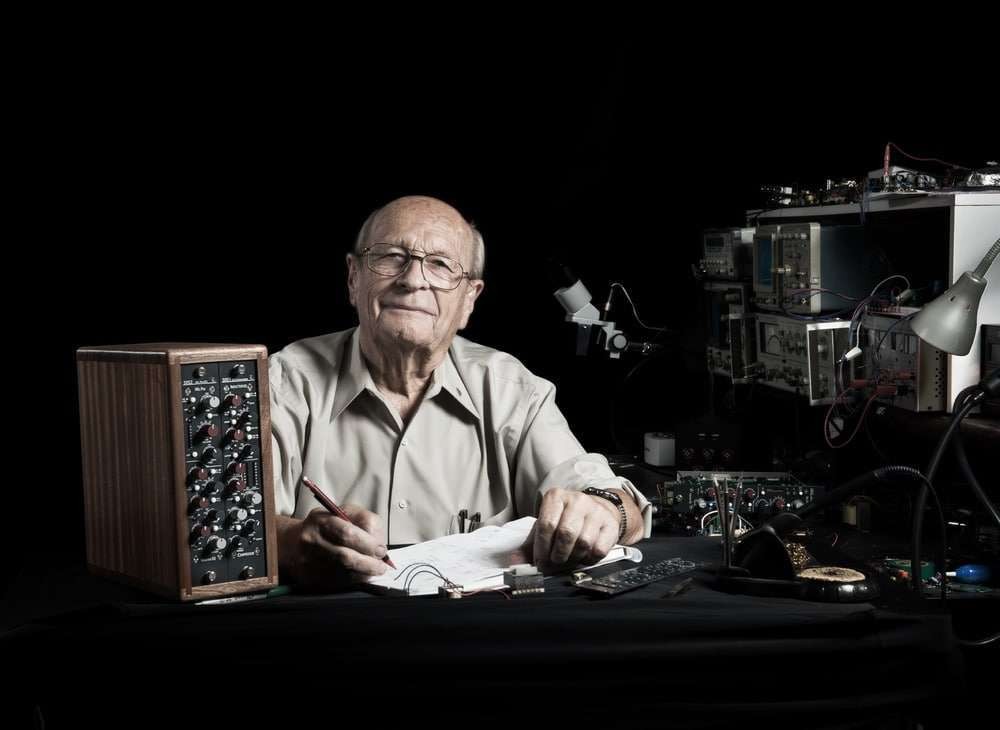
Some of his customers were music groups such as The Beatles, Aerosmith and Nirvana, and recording studios such as Sound City Studios and Abbey Road Studios.
Companies that he was associated with included Neve Electronics, Focusrite, AMS Neve, and Rupert Neve Designs.
He was born on 31 July 1926 in Newton Abbot, England. He spent much of his early childhood in Buenos Aires, Argentina, where his father was a missionary with the British and Foreign Bible Society.
He began designing audio amplifiers and radio receivers from age 13. The start of World War II increased demand for radios and Neve began repairing and selling radios.
Neve began his career after the second world war as a designer of public address systems, and recorded speakers and singers on lacquer discs.
He recorded the prime minister Winston Churchill's speeches in the ‘40s and distributed their recordings to radio stations for broadcast.
He also provided the public address systems for Queen Elizabeth, then a princess, at the opening of the St Andrew's Church, Plymouth.
He worked in the ‘50s with Rediffusion, a forerunner of early cable TV systems.
Neve left the company, and formed CQ Audio, a company specializing in the manufacture of hifi speaker systems.
In 1961, he formed Neve Electronics, and began designing and building mixing consoles for recording studios.
He started out by designing and building a tube mixing console for composer Desmond Leslie, from Castle Leslie, Ireland, where the original desk is still housed.
Many of his long discontinued products are considered classic equipment and are sought after by the professionals in the recording industry.
This has resulted in several companies releasing products that are Neve replicas or clones.
In this period he worked for The Beatles and their producer George Martin.
He sold his company Neve Electronics and worked with Manchester based Amek Systems in 1975.
Neve worked on microphone preamplifiers, equalizers, compressors and early large format mixing consoles.
In 1989, he was inducted into the Mix Hall of Fame and in 1997 he was the third person to receive a Technical Grammy Award for lifetime accomplishment.
In a 1999 survey conducted by Studio Sound magazine he was selected by his peers as the number one audio personality of the 20th century.
Neve's first company was a manufacturer of high-end recording consoles in England.
It operated out of Neve's home at first, and moved to its own premises in the late ‘60s.
The company, simply called Neve Electronics, was sold in 1973 to Bonochord Group of companies and Rupert Neve left the company in 1975.
The original Neve group was sold to Siemens in 1985. Siemens then merged Neve with another UK audio console manufacturer AMS (Advanced Music Systems) and formed AMS Neve.
The company was later sold to Tom Misner of the School of Audio Engineering.
The first commercially available transistors in the early 1060s were germanium based; they were much more affordable than valves and could be used to create compact and powerful amplifier circuits.
Rupert latched on to the capabilities of germanium transistors, and after some experimentation, germanium transistors were installed into the early black-fronted 1056/1058 preamp & EQ modules.
At this point, the benefits of solid-state design were evident, leading to Rupert moving away from valve designs entirely.
In 1964, Phillips Recording Studio London commissioned Rupert to build a recording console, which adopted the new transistor-based module designs.
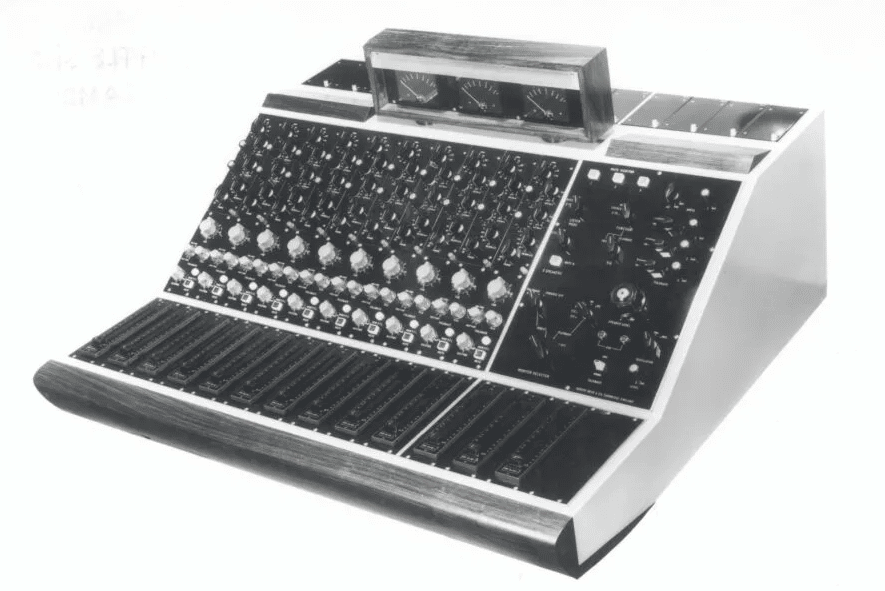
In 1970, Wessex Studios in London commissioned Rupert Neve and his team to create a console for music recording.
It needed excellent signal isolation, powerful preamps, and an Eq section that complimented the musicality of any signal source.
This console would become known as the Wessex A88.
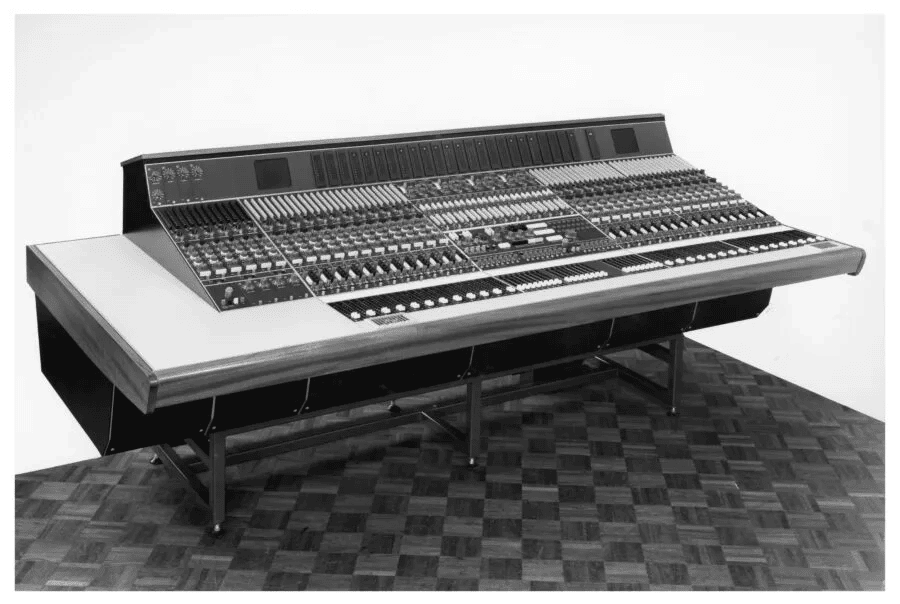
The Wessex A88 used a 45-series module size for its input stage, this modular build allowed for easy maintenance as the complex input sections could be removed and swapped with ease.
Rather than use existing module designs, the Wessex A88 was the first to employ the new module: the Neve 1073.

Other than the 1073 (probably the most famous preamp in the audio electronics' history) AMS Neve produced products that were all milestones of the audio engineering’s path.
We are thinking about the 1081 preamp with four bands equalizer, the 2254, 2264 and 33609, dynamic processors and the RMX reverb among others.
They are so important that, after decades, they are still being produced and cloned (eventually in updated form factors).
Focusrite was founded by Neve with his wife Evelyn. The company made rack-mounted recording equipment, outboard gear, dynamic processors, and equalizers.
It was liquidated in 1989. Phil Dudderidge, who incorporated a new company, Focusrite Audio Engineering Ltd, bought the assets of the company.
Focusrite gained its respect in the audio world mainly because of the ISA (Input Signal Amplifier) range.
Also historical are the few huge Focusrite consoles commissioned by the Ocean Way's Studio.
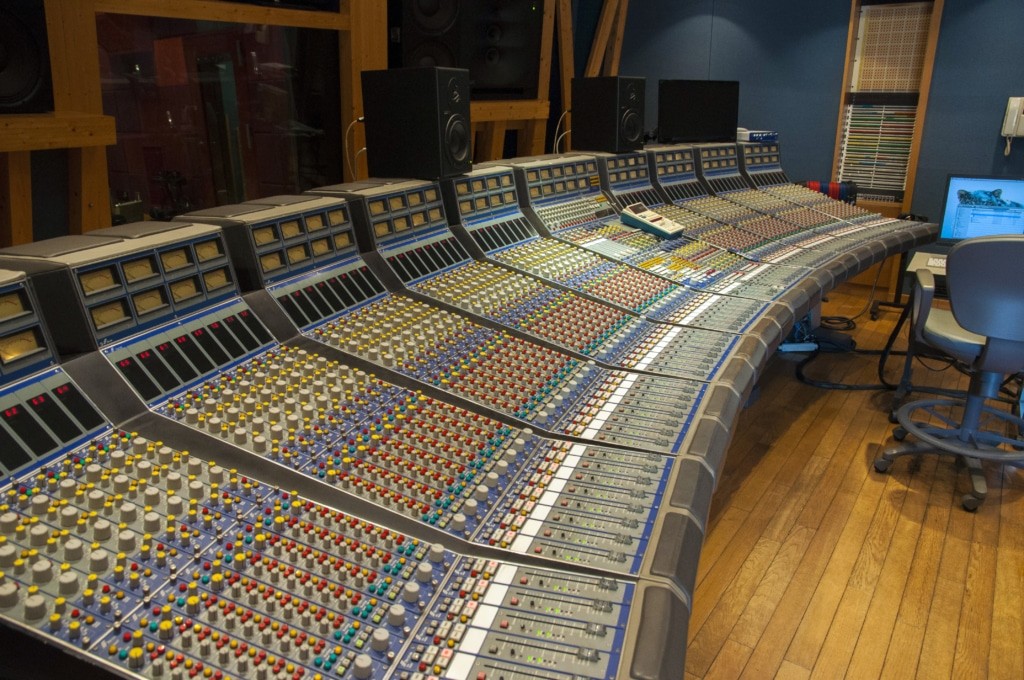
Neve started ARN Consultants, a consulting firm, with his wife in 1975, during a period of non-compete agreement with Neve Electronics.
In 1989, the firm partnered with Amek Systems designing a range of outboard equipment and consoles.
ARN consultants also helped design the ES pickup system for Taylor's acoustic guitars.
Rupert also designed the K4 preamplifier for Taylor.
ARN Consultants also designed the 2-channel mastering box, called the Masterpiece, for Legendary Audio.
Neve established Rupert Neve Designs in 2005 with his wife Evelyn and Joshua Thomas, to market a variety of microphone preamplifiers, equalizers, compressors, and other recording equipment.
The company entered the project studio market with its Portico series, which enabled modular mixing and recording components.
The company also manufactures a line mixer, the 5088 and won multiple TEC Awards in recognition for their product innovation.
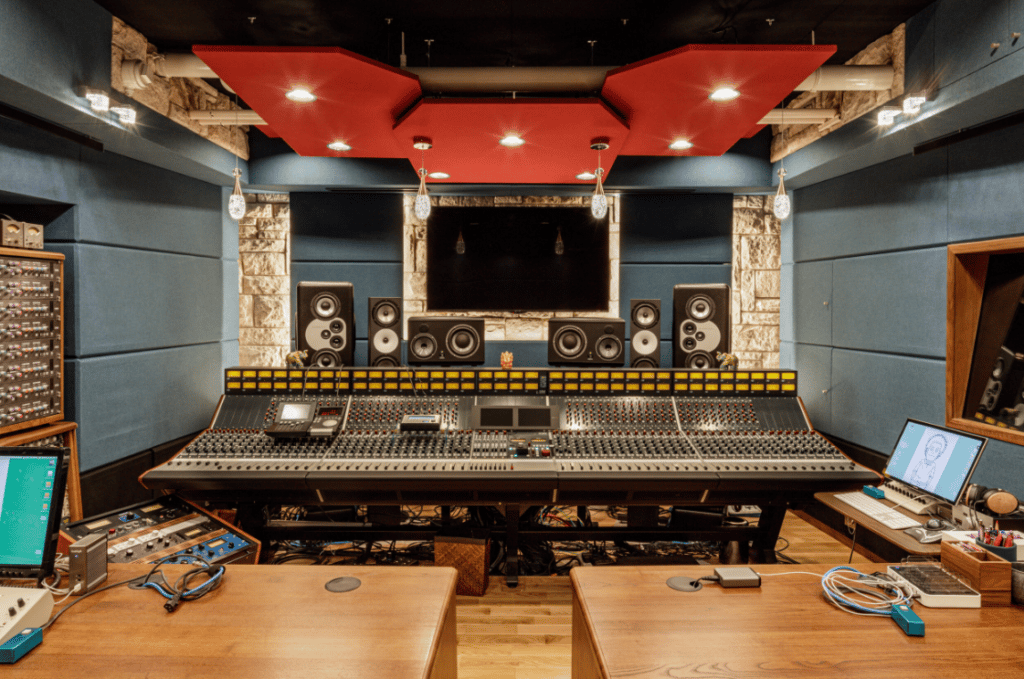
Neve partnered with sE Electronics in 2008, to design the "Rupert Neve Signature Series" of microphones.
Three models had been introduced: the RNR1 active ribbon microphone, the RN17 small-diaphragm condenser microphone, and the RNT large-diaphragm vacuum tube condenser microphone.
The approach to the market of RND is to provide a full range of equipment to audio engineers and producers to be used either in project studios or in professional recording facilities.
It is hard to name all the models in the range as they go from the simple yet effective 511 preamp to the complete Shelford Channel processor passing through all the audio devices (DI boxes, preamps, equalizers, compressors, mastering processors, summing processors, consoles, A/D converters) that might be needed in a modern studio all with the heritage and sound signature imparted by Rupert Neve who actively participated the designs until the day of his passing by.
Mr. Rupert Neve is really one of the men that made the history of audio engineering given his own contribution to all of us.
Every professional studio (either large facility or project studio) is likely to have something that came from one of the several companies he was working with.
His signature sound can be found in a big part of the music recordings from the early days to now and for a lot more to come.
The man is gone but his sound, the Neve sound, will last forever.
Get some first hand information by the man himself as he was interviewed by SOS Magazine:
The information provided in this post have been collected by following sources:
Join us today and get 5% off your next order!

Empty cart